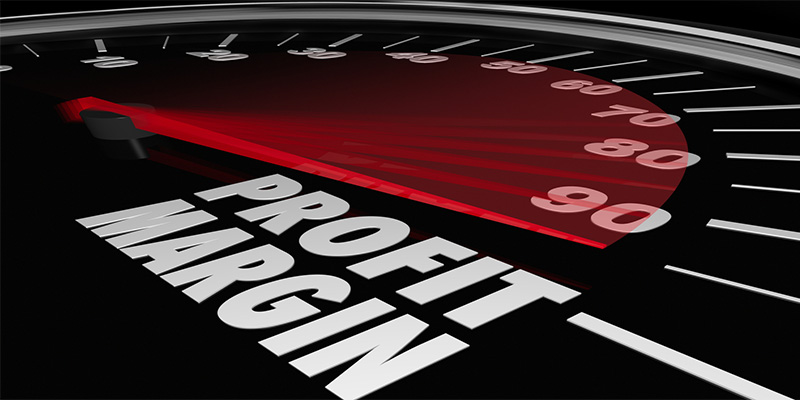Jim Sinegal, the co-founder of Costco once said, “We want to turn our inventory faster than our people.” There can be two meanings to this quote, the first being, “we hope that our employees will be with us a long time” and the second, “we hope that we turn inventory faster than our employees turn it by stealing.”
In your DMS system, you have three different inventories; vehicle, labor, and parts. I’ve been writing articles lately about what makes a DMS system different than a standard accounting or ERP, and separate inventories are huge factors. Over the years, we’ve done hundreds of DMS conversions of data. When we converted a Microsoft Dynamics system into the DealerStar DMS – the Microsoft Dynamics system only had one Inventory table. The vehicles, labor, and parts were all in the same module and table. In a true DMS, they are separated for three reasons; security, pricing and ordering. Let’s get back to Jim’s quote and look at security first. One of the few areas that are locked in a dealership is the parts department. CPAs will tell you that theft is usually found by mistake, but I like to say, “Feelings.”
A controller once contacted me because she felt they had too many returns in the parts department. I emailed her about how to run a report of returns, and sure enough, they not only had too many returns, but often of the same part twice. When the facts came out, a parts employee stole small-sized parts worth hundreds, like a sensor. Then he would buy the same parts and with a valid receipt he’d return each – but TWICE! To fool everyone, he returned the parts months apart. This dealership had an older legacy DMS system that not only allowed the On Hand quantity to be changed to cover up the first theft, but also didn’t have a link to the original parts ticket on returns. This parts employee had security access to the parts department and parts inventory in the DMS. What if the next generation DMS you’re considering has only one inventory system and most employees will have security access to parts, labor and vehicle inventory? If this happens, you better make sure you keep that parts door locked and the keys and titles to vehicles secure!
Pricing is the next issue with an off-the-shelf or modified single inventory ERP system. In Service, the labor inventory can be priced by the sales type, rate and hours, and if your DMS has the features; by a labor grid amount or menu package. Even certain labor operations can have a fixed sales price. Being flexible with labor pricing helps your dealership beat out the competition and increase labor gross profit. Your parts department can have hundreds of pricing matrixes based on the customers, cost of the part, factory or source – or even escalate the price of a small part. Depending on the DMS, the parts can be priced differently for a customer if the part is sold on a repair order or parts ticket and based on a markup of the cost, or discounted from trade or list price. In the Sales department, we use rollback logic and have 2-3 types of “packs” or flat amounts added to the Sales price based on the model or dealership. You may want to pack a water pump in the parts department by a flat $1,500 – but I don’t think you’d be in the parts business for long. Pricing logic must be different in these three very different types of inventory to optimize gross profit.
Ordering vehicles is much different than ordering parts. The parts department uses either the import of a factory order system like GM’s RIM, or a complicated ordering logic based on how many sales in how many months, minimum/maximum quantity and depending on the features of your DMS, it can escalate the ordered quantity if the cost of the part is small. This is nothing worse than a transmission job held up because a $2.00 gasket was not in stock because you didn’t have a DMS that has economic ordering escalation features. In the vehicle inventory module, ordering the right new and used vehicles can be helped by knowing which vehicle models and years sold in the least amount of time at the highest gross profit. Some dealers use third party software but some newer DMS systems like DealerStar have a pricing and ordering tool that enables you to sort by the number sold, gross profit and number of days – or a combination of these three and then see the pricing and drill down to the deals to see other factors. You can then update the sales and Internet price on multiple vehicles to be competitive. For many years dealers thought of their DMS as a required expense, but it might be time to start looking at some of profit enhancing features of a newer fully integrated DMS system.








